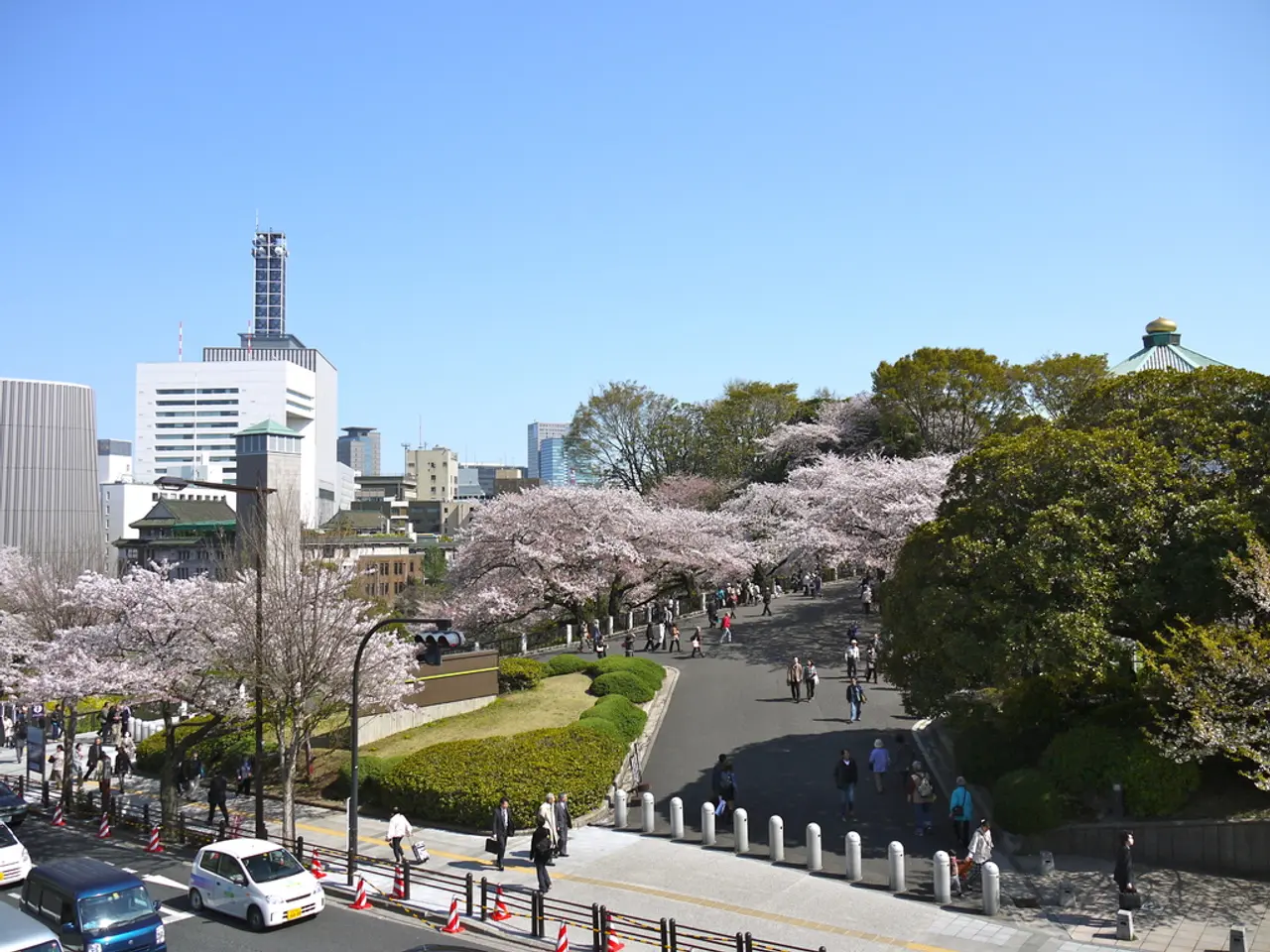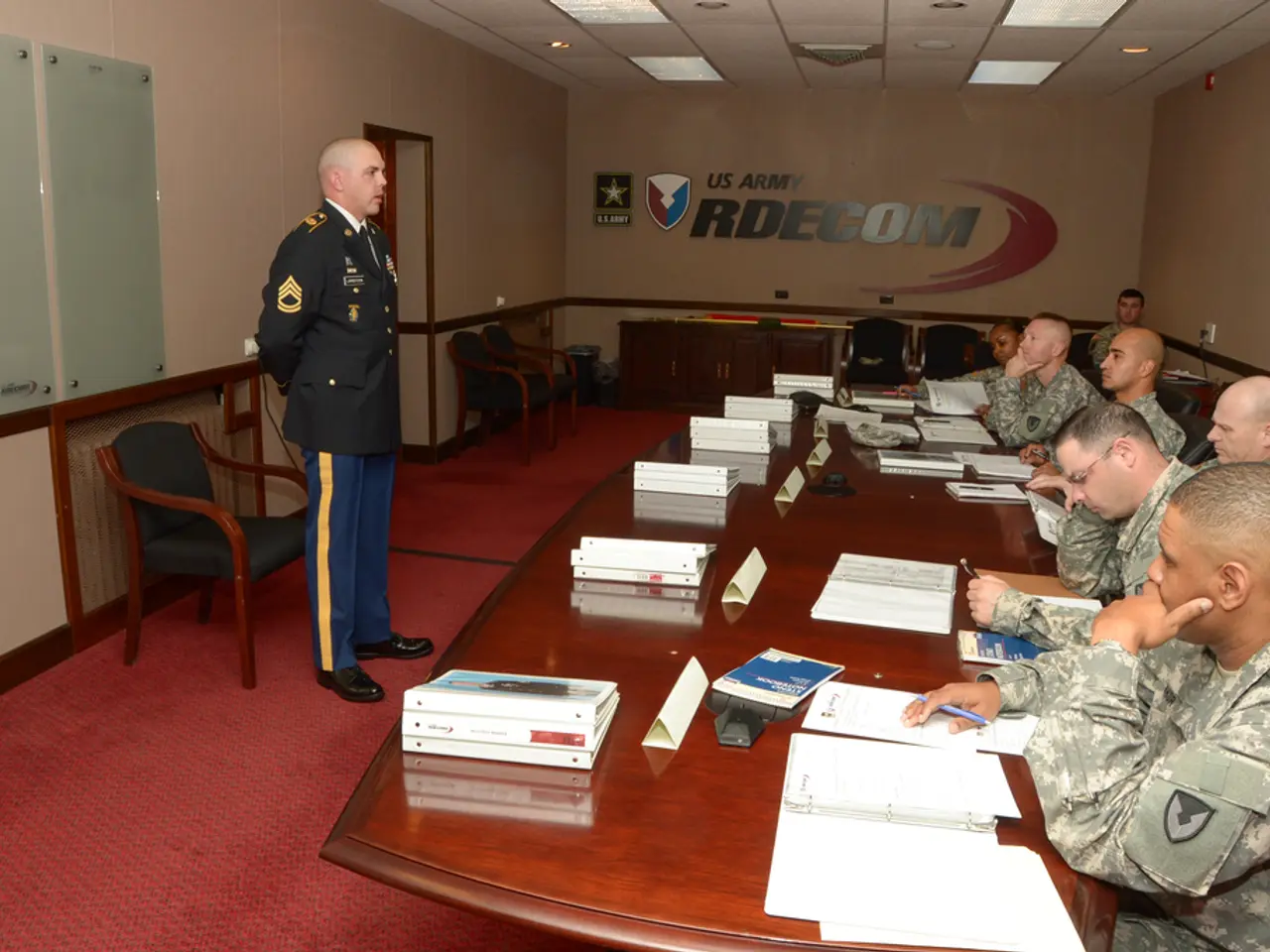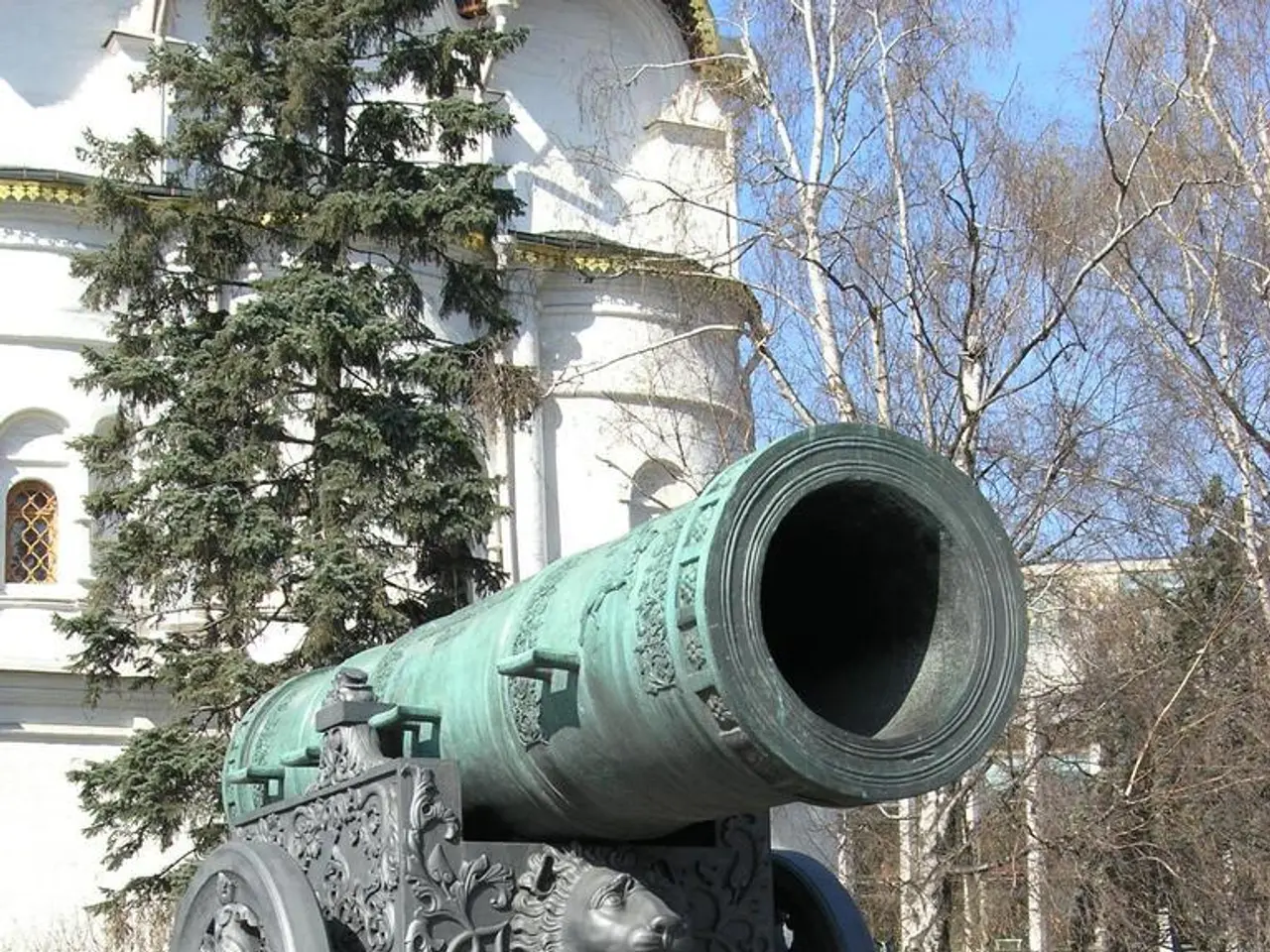No Free Ride in Traffic Jams: Why Constantly Changing Lanes Isn't the Answer
Traffic Enigma: Mysteriously, the alternate lane in the congestion appears to be gaining speed.
Traffic jams are now a common sight on our highways, especially during holidays. They're the ultimate test of patience and grit for every driver. Ever felt frustrated when your lane is at a standstill while the other is moving smoothly? Well, you're not alone! Turns out, it's mostly a trick played by our minds.
In an interview, traffic jam researcher Michael Schreckenberg explains this phenomenon. He notes that we tend to think that it's always faster in the other lane because the vehicles we've passed are driving ahead of us, leaving a stronger impression. Cars we've passed disappear from sight and mind, making us feel more annoyed.
Studies have shown that drivers in traffic jams think they're being passed by twice as many vehicles as they pass themselves. This perception leads drivers to switch lanes in an attempt to balance out this "injustice." But does this help?
Not really! When you switch lanes out of frustration, you create a ripple effect, disrupting the flow of traffic. While one lane may be moving faster for a moment, the lane change quickly offsets any progress. Plus, by changing lanes, you could be causing additional drivers behind you to have to brake suddenly, creating another traffic wave.
So, what's the solution?
Keep calm and stick to your lane! Caring fewer about the vehicles passing you and focusing on the cars you're passing might help you stay patient. And if you're merging into a single lane, be patient and wait your turn.
Researchers found that many more cars could drive simultaneously if there wasn't so much "lane fighting" before the narrowing points. By avoiding unnecessary lane changes and merging smoothly, we can improve overall traffic flow.
Professor Michael Schreckenberg, a physicist, is Germany's most renowned traffic expert. He's been researching how to improve traffic flow for years. While traffic congestion is a physical effect, psychology plays a significant role in our reactions to it.
- Coping Strategies
- Driver's Mindset
- Safety Precautions
- Traffic Engineering
- Fuel Efficiency
Enrichment Data:
Lane-hopping during traffic jams—where drivers frequently switch lanes to try to find a faster-moving lane—is generally considered counterproductive for overall traffic flow.
Why Lane-Hopping Is Counterproductive:
- Disruption of Smooth Traffic Flow: Constant lane changes cause disruptions in the flow of traffic. When vehicles abruptly move between lanes, it forces drivers in both the originating and target lanes to adjust their speeds frequently. This behavior creates "shockwaves" or stop-and-go waves that ripple backward through traffic, worsening congestion rather than alleviating it.
- Reduction in Overall Speed: While a driver who hops lanes might gain a few seconds in the short term, the collective effect of many drivers doing this leads to reduced average speeds across all lanes. The frequent braking and acceleration needed to accommodate lane changes cause inefficiencies that slow traffic overall.
- Increased Risk and Driver Frustration: Lane-hopping can increase the chance of minor collisions or near-misses, as drivers have less predictable behavior to respond to. It may also lead to frustration and road rage for drivers who stay in their lane, perceiving lane-hoppers as unfair or aggressive[2].
- Ineffective in Reducing Congestion: Traffic engineers recognize that unless a large portion of commuters change vehicle types (e.g., switching to motorcycles that can lane-split), lane-hopping by itself offers no measurable reduction in congestion. Accommodations like lane splitting for motorcycles have specific effects, but for regular cars, lane-hopping simply redistributes delays without eliminating them[2].
Impact on Overall Traffic Flow:
- Lane-hopping creates turbulence in traffic streams, preventing traffic from stabilizing at an efficient speed and spacing.
- It leads to more frequent braking and acceleration cycles, which increase fuel consumption and emissions—contributing to the negative effects associated with traffic congestion such as higher carbon emissions and fuel costs[1].
- The lack of smooth, synchronized flow at congested points means that traffic jams tend to persist longer and can even grow worse due to these ripple effects.
- Adhering to community policy that discourages frequent lane switching during traffic jams could enhance safety and overall traffic flow.
- Understanding the employed strategy in the employment policy suggesting that drivers should avoid switching lanes excessively, as it disrupts the smooth flow of traffic, assist in alleviating traffic jams on highways.
- Implementing industry finance solutions focused on transportation infrastructure, such as carpool lanes or smart traffic management systems, may help reduce the need for drivers to hop lanes and contribute to a more lifestyle-friendly commuting experience.




